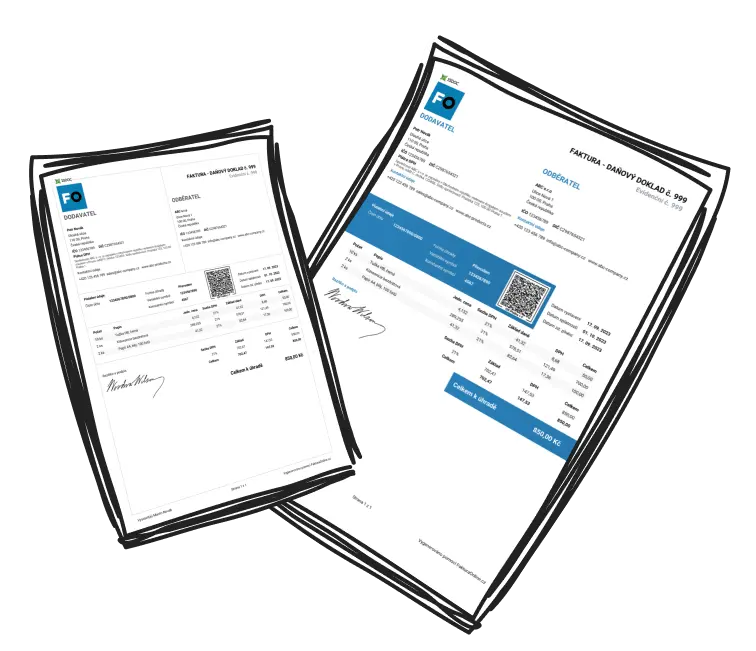This article provides a clear explanation of the legal framework for working during maternity leave and offers advice on how new mothers can plan their businesses without jeopardizing their entitlements.
Introduction
The intersection of employment rights during maternity leave with the growing trend of entrepreneurship among new mothers presents a complex but increasingly relevant topic. The rules governing work during statutory family leave, such as maternity, adoption, and parental leave, are designed to protect employees' rights while ensuring that their statutory benefits remain intact. At the same time, many women use maternity leave as an opportunity to start their own businesses, significantly contributing to the economy.
Legal Framework for Working During Maternity Leave
Generally, if you engage in paid work during maternity leave, you typically lose your entitlement to statutory benefits such as Statutory Maternity Pay (SMP) or Maternity Allowance (MA). This principle is intended to ensure that the financial support provided to new mothers is not undermined by additional income. However, there are exceptions that allow certain types of work without affecting your statutory benefits.
Entrepreneurship During Maternity Leave
One of the most significant exceptions is the ability to run a business during maternity leave as a self-employed individual. This is particularly advantageous for women considering starting a business during this time. The key condition is that this activity must be genuinely self-employed, meaning you are responsible for your own tax obligations and work independently of any employer. It is important to ensure that this business is not merely a continuation of your previous job under a different label, as this could be seen as an attempt to circumvent employment regulations.
To ensure everything is compliant with regulations, new mothers should review their employment contracts for any provisions that might restrict work outside of their primary employment. If a contract specifically prohibits entrepreneurship during maternity leave, this could be considered discriminatory, as it unfairly limits women's financial independence during this time.
Working for Multiple Employers
If you were employed by multiple employers before going on maternity leave, the rules become more complicated. If you were employed by more than one employer in the 15th week before the expected date of childbirth, you can continue working for one of these employers during maternity leave without affecting your statutory benefits from another employer. This rule provides flexibility, especially for those working part-time or holding freelance positions where income from one employer might not be sufficient.
On the other hand, if you start a new job with a different employer after this qualifying period, your statutory benefits will cease. This rule emphasizes that maternity leave is intended as a period for recovery and caring for a newborn, with financial support provided based on prior employment.
Keeping in Touch (KIT) Days During Maternity Leave
Keeping in Touch (KIT) days represent a legal and structured way for employees to maintain contact with their workplace during maternity leave. These days allow you to work up to 10 days without affecting your maternity leave or statutory benefits. For those taking parental leave, up to 20 Keeping in Touch (SPLIT) days are allowed. These provisions help facilitate the return to work and ensure that employees stay updated on company developments. However, KIT and SPLIT days must be mutually agreed upon, emphasizing the voluntary nature of this arrangement.
The Opportunity for Entrepreneurship During Maternity Leave
The regulations concerning work during maternity leave are designed to protect employees' rights while also opening doors for entrepreneurship. With an increasing number of women opting to start their own businesses during maternity leave rather than returning to traditional employment, the so-called “mom economy” is significantly strengthened. It is expected that this trend will contribute £9.5 billion to the UK economy by 2025. Businesses started by mothers offer flexibility and independence—qualities often lacking in conventional employment.
Practical Steps to Starting a Business During Maternity Leave
Starting a business during maternity leave requires careful planning and a strategic approach to ensure that the business does not interfere with statutory entitlements. The first step is to clearly define your business idea. This includes writing down ideas, creating a brief business plan, and understanding your target market. Conducting market research through surveys and social media can provide valuable insights and validate your business idea.
Another important step is to establish the necessary infrastructure, such as a professional website and social media profiles. This foundation is key to building a brand and reaching potential customers. It is also important to set a timeline for launching the business with a clearly defined start date that aligns with the availability of childcare and other logistical aspects.
The flexibility that entrepreneurship offers allows new mothers to work according to their child's schedule, utilizing time for work during naps, evenings, and weekends. However, it is important to establish a routine that prioritizes business activities during designated work hours so that the business develops steadily without overwhelming the mother.
Conclusion
The regulations governing work during maternity leave are designed to protect employees' rights while also providing opportunities for entrepreneurship. For many women, maternity leave is a unique opportunity to explore new business ventures and contribute to the growing mom economy. By understanding the legal framework and strategically planning business activities, new mothers can successfully navigate the challenges of maternity leave while laying the foundation for a successful business.

